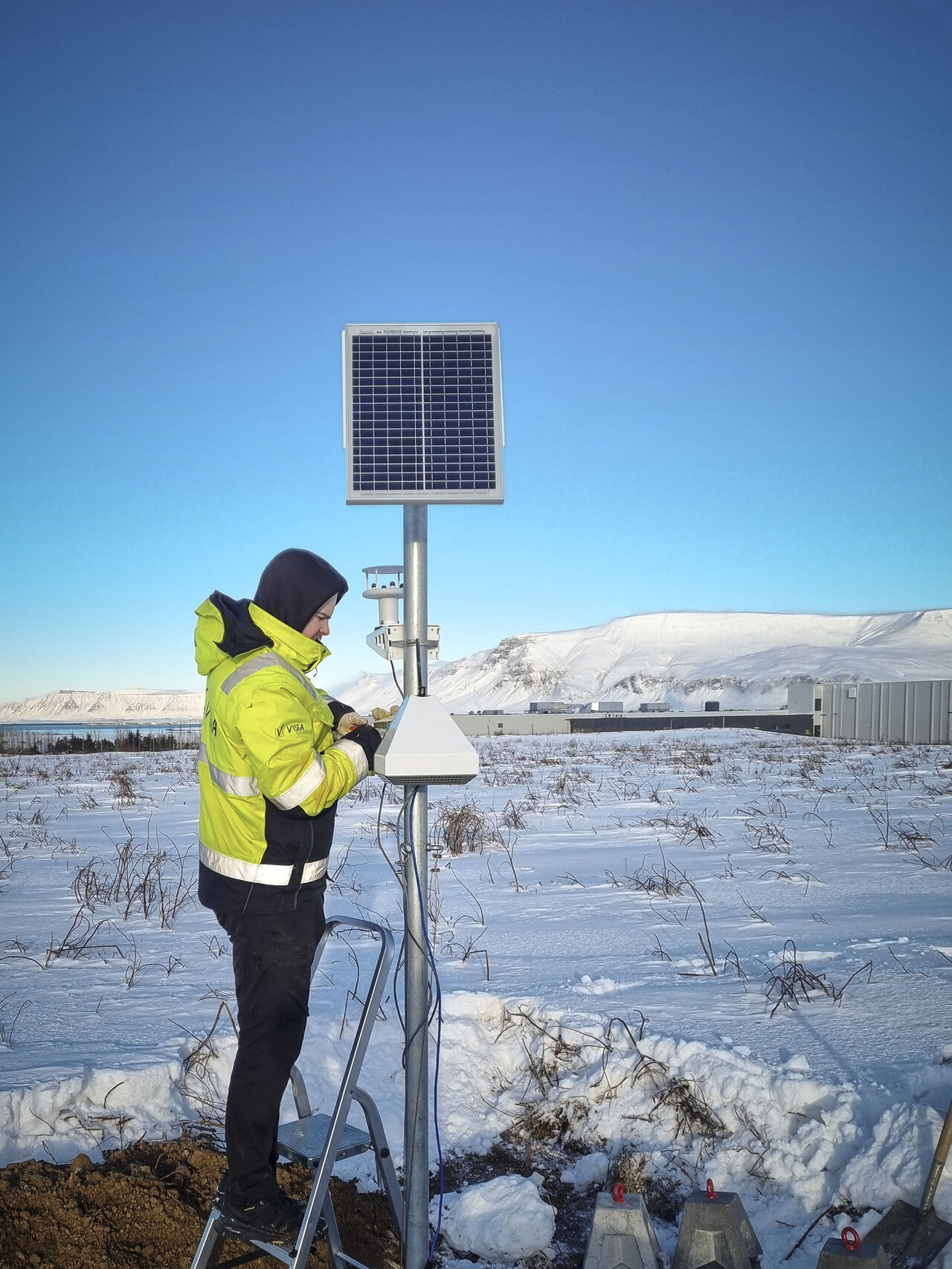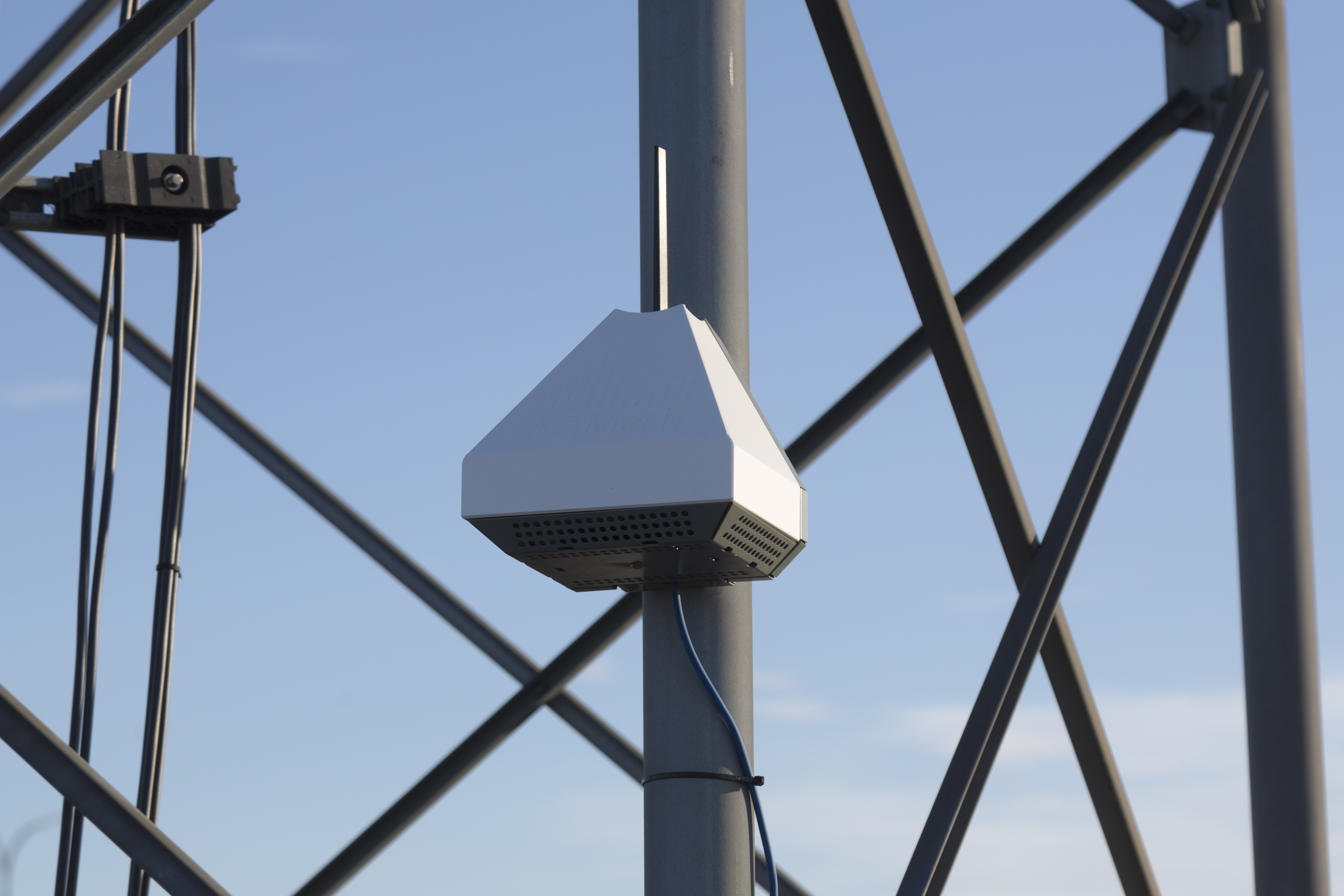 The emergence of sensors capable of measuring the gases and particles that make up air pollution, especially in cities and industrial areas, has driven many academic studies which evaluate the sensors and compare performance against reference methodology. Such projects provide valuable and thorough assessment, but they currently work slower than the pace of low cost sensor system development. In addition, EU and US authorities are developing methodology appropriate for certification of such systems. In the meantime, practitioners across a number of fields are adopting AQMesh as the leading commercially available sensor system, and generating valuable information to support policy and commercial decisions.
The emergence of sensors capable of measuring the gases and particles that make up air pollution, especially in cities and industrial areas, has driven many academic studies which evaluate the sensors and compare performance against reference methodology. Such projects provide valuable and thorough assessment, but they currently work slower than the pace of low cost sensor system development. In addition, EU and US authorities are developing methodology appropriate for certification of such systems. In the meantime, practitioners across a number of fields are adopting AQMesh as the leading commercially available sensor system, and generating valuable information to support policy and commercial decisions.
The obvious and first application for this sort of technology is in identification and management of pollution ‘hotspots’ in cities and collecting background measurements across a much wider range of locations than has previously been possible. UK local authorities and similar bodies in a range of countries have been using AQMesh to monitor specific locations for NO2 and now particulate matter, evaluating mitigation methods, such as barriers between traffic and pedestrians. These studies have often been in conjunction with academic teams who have also investigated issues such as the impact of industrial chimneys close to high rise buildings and pollution at different levels of multi-storey residential buildings. One project uses AQMesh to support development of a walking-to-school campaign, comparing different walking routes and educating parents. AQMesh has also been used to minimise NOx and particulate matter inside buildings through management of building ventilation systems.
Building contractors have been searching for an instrument to measure dust construction sites, which does not require an external power source, and a number of projects are now using AQMesh for this purpose. Civil engineering applications include monitoring pollution in road tunnels and associated ventilation ducts. Studies in several countries, including Scotland, Ireland and Greece focus on understanding the relationship between traffic volumes, mitigation measures and air quality. Local air quality data, used in combination with wind speed and direction information, can provide powerful pollution source attribution, relevant to fence line monitoring of industrial sites, airports, and so on.
These new sensors systems can provide a new stream of information, complementary to and calibrated by reference stations. But being self-sufficient in terms of power and communications, they offer freedom of location and open new opportunities.




